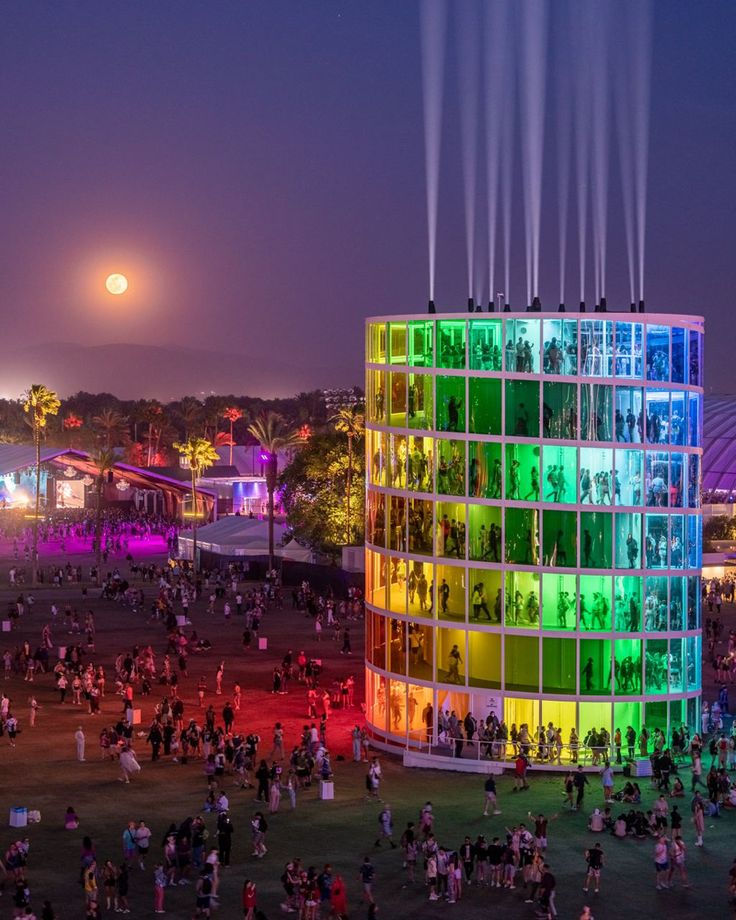The Evolution of Movie Posters
- rbninquiries
- 25 mei
- 3 minuten om te lezen
The Evolution of Movie Posters: From Minimalism to Maximalism
Movie posters have always been more than just marketing tools. They are visual time capsules that reflect the aesthetics, culture, and technology of their era. Over the decades, poster design has gone through dramatic shifts. From hand-painted artistry to digital spectacle, the movie poster has evolved alongside cinema itself.

In recent years, the rise of streaming platforms and social media has further reshaped the way posters are created and consumed. What once had to captivate from a distance in a theater lobby now needs to stand out on a scrolling screen, often as a tiny thumbnail. This shift has pushed visual trends toward both extremes: ultra-minimalism and bold maximalism.
The Golden Age of Illustration (1930s–1950s)
In the early days of cinema, posters were works of art in the most literal sense. Illustrated by hand, they featured dramatic poses, painterly textures, and expressive typography. Artists like Saul Bass and Reynold Brown were pioneers in using graphic storytelling to capture a film’s essence. These posters weren’t just advertisements. They were interpretations of the film’s mood and message, often more stylized than the film itself.

The Photographic Era (1960s–1980s)
As photography became more affordable and accessible, movie posters shifted toward photo-based design. Think of iconic posters like Jaws, Star Wars, or E.T.. These posters used striking images and strong central compositions to draw audiences in. The focus was often on the faces of stars or a single symbolic image. Typography became more standardized and cinematic, reflecting the blockbuster era.
In this period, posters balanced bold visuals with a clean layout. They had to grab attention on billboards and in newspaper ads, but they still left space for imagination.
The Rise of Minimalism (1990s–2010s)
With the rise of digital design and indie film culture, the late 1990s and 2000s saw a resurgence of minimalism. Posters for films like Her, Drive, and Moonlight used color blocking, negative space, and simplified graphics to evoke emotion. These designs often focused on mood over narrative, inviting viewers to engage more deeply.
This trend was heavily influenced by the rise of boutique design studios like A24 and Criterion, which valued artistic integrity over traditional Hollywood marketing. Minimalist posters also began to gain traction on social media and design blogs, where clean aesthetics were celebrated and shared.

Streaming and the Age of Maximalism (2015–Present)
The streaming boom changed everything. On platforms like Netflix, Hulu, and Prime Video, a movie poster is often reduced to a thumbnail the size of a business card. To compete in a crowded grid, posters have become louder, brighter, and more complex. Faces are bigger. Text is bolder. Colors are more saturated. Every pixel has to fight for attention.
This shift has given rise to a kind of digital maximalism. Posters now use multiple layers, motion graphics, and character montages to tell a story at a glance. Think of titles like Stranger Things, Squid Game, or The Gray Man. These designs are engineered for screens, not walls. They need to pop on mobile devices and autoplay previews.
The Influence of Fan Art and Social Media
Parallel to official posters, fan-made designs have become increasingly influential. Platforms like Instagram, Twitter, and Behance are full of alternative poster art that often rivals the originals in creativity and reach. These reinterpretations range from minimalist reboots to maximalist collages. Filmmakers and studios sometimes embrace these works, blurring the line between professional and fan-created content.
This grassroots creativity has led to a broader acceptance of stylistic experimentation. Today’s audiences are more visually literate than ever, and they appreciate fresh takes on visual storytelling.
The Future: Interactive and Dynamic Posters
With the rise of AI, AR, and motion design, the static poster may soon evolve again. We’re already seeing dynamic posters that move, animate, and adapt based on user interaction. As visual storytelling continues to merge with technology, posters could become immersive experiences themselves.
Imagine a poster that shifts colors based on your mood, or one that plays music when you hover over it. The possibilities are endless.
Final Thoughts
Movie posters have always reflected the technology and taste of their time. From the brush strokes of the 1940s to the motion graphics of today, they tell a story not just of the film, but of culture itself. Whether minimal or maximal, retro or futuristic, a good poster does more than advertise. It creates a world you want to step into.
In a world where content is everywhere, great design still cuts through the noise. And the movie poster, no matter the format, remains one of cinema’s most powerful forms of visual expression.
.png)














